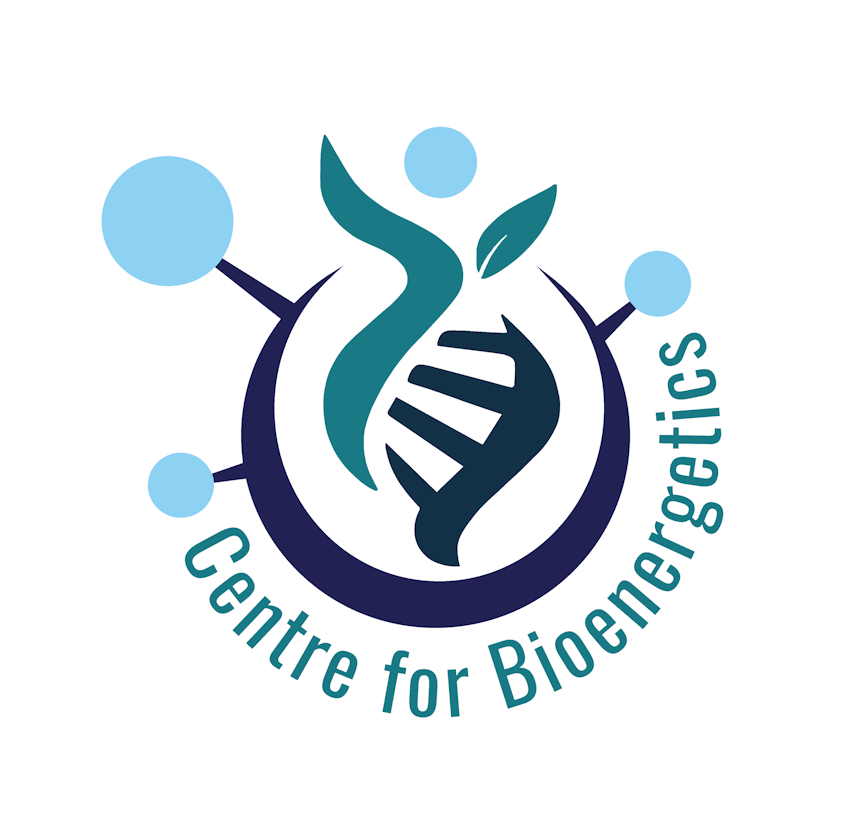Infertility Modern Approaches to Infertility Treatment
Where Hope Meets Modern Treatment – Treating Infertility with Science, Sensitivity, and Support.
Causes of Infertility in Women
There are many possible causes of infertility in women, including:
- Ovulation problems
Anovulation, or the absence of ovulation, is a common cause of infertility. This can be caused by a number of factors, including polycystic ovarian syndrome (PCOS) and primary ovarian insufficiency (POI). - Endometriosis
Endometriosis is when endometrial tissue grows outside of the uterine cavity - Pelvic inflammatory disease (PID)
PID is an infection of the upper female genital tract that can damage the fallopian tubes. PID is often caused by a sexually transmitted infection (STI). - Uterine fibroids
Uterine fibroids are non-cancerous growths that can affect the walls of the uterus. - Age
A woman’s fertility naturally declines with age, starting around age 30. - Endocrine system disorders
Disorders of the endocrine system, which includes the hypothalamus and pituitary glands, can cause hormonal imbalances. - Scar tissue
Scar tissue, or adhesions, in the uterine cavity can interfere with fertility. This can be caused by infection or previous surgical procedures. - Other factors
Other factors that can impact fertility include weight, exposure to chemicals or radiation, cigarette smoking, poor nutrition, and cervical mucus issues.
Anti-Mullerian Hormone (AMH) levels can help doctors estimate a woman’s ovarian reserve and assess her
fertility:
- Ovarian reserve
AMH levels indicate the number of eggs a woman has left in her ovaries. AMH levels typically peak in a woman’s mid-twenties and decline with age. - Fertility treatments
AMH levels can help predict how well a woman’s ovaries will respond to fertility treatments like in vitro fertilization (IVF). For example, women with AMH levels between 1.0 and 3.5 ng/mL usually respond best to IVF stimulation. - Egg freezing
AMH levels can help determine how many eggs a woman is likely to freeze in one cycle.
Other factors that affect fertility include egg quality, ovarian health, male fertility, and womb health.


Causes of Infertility in Men
Male infertility can have many causes, including:
- Sperm disorders
These include low sperm count, abnormal sperm parameters, or a complete lack of sperm - Hormone problems
These can be caused by issues with the hypothalamus, pituitary gland, or testicles. - Blockages
These can occur in the tubes that carry sperm, and can be caused by surgery, infections, or trauma. - Genetic conditions
These include cystic fibrosis, Klinefelter syndrome, and Kartagener’s syndrome. - Environmental and lifestyle factors
These include exposure to toxins, chemicals, or radiation, as well as smoking, drinking alcohol, and using certain drugs. - Infections
These include sexually transmitted infections like chlamydia, gonorrhea, and mumps, as well as HIV. - Other medical conditions
These include tumors, chronic illnesses like sickle cell disease, and diabetes. - Medications
These include certain types of anti-inflammatory medicines, anabolic steroids, and chemotherapy drugs. - Other factors
These include being overweight, having a history of undescended testicles, or having experienced trauma to the testicles.
In about half of cases, the cause of male infertility can’t be determined.
Advanced Treatment of Infertility
Current standard medical treatment involves artificial interventions such as IVF. However, these current approaches are often unsuccessful. For example, IVF success rate is, on average, around 20-35% with much lower rates the older the patient (e.g. 7.2% success rate for over 40-year-olds).
Hyperbaric oxygen therapy (HBOT) is a treatment that can help with fertility in both men and women, EVEN IF STANDARD TREATMENTS HAVE FAILED (e.g. IUI, ROSI, ICSI, IVF). Furthermore, there is no need for drugs, injections etc. It involves breathing pure oxygen in a pressurized chamber to increase the amount of oxygen in the bloodstream. This can help with fertility by:
- Improving blood flow: HBOT can increase blood flow to the reproductive organs, which can help with fertilization.
- Reducing inflammation: HBOT can reduce inflammation, which can help with fertility.
- Promoting tissue regeneration: HBOT can promote tissue regeneration and repair of damaged tissues, which can help with fertility.
- Improving egg quality: HBOT may improve egg quality.
- Improving sperm production: HBOT can improve sperm production and quality in men.
- Increasing the number of healthy eggs produced: research has shown that HBOT can increase the number and quality of eggs retrieved during in vitro fertilization (IVF) treatments.
- Improving pregnancy rates: HBOT may improve pregnancy rates and reduce the risk of miscarriage.
- Improving embryo viability.
- Improving endometrial receptivity: HBOT can improve the lining of the uterus, which can help with embryo implantation.
| Days Of Menstrual Cycles | 9 | 10 | 11 | 12 | 13 | 14 | 15 |
|---|---|---|---|---|---|---|---|
| Grade C (%) | 96,5 | 97,3 | 92,4 | 93,1 | 90,4 | 91,2 | 91,2 |
| Grade B (%) | 3,5 | 2,7 | 7,6 | 6,9 | 7,2 | 7,3 | 8,8 |
| Grade B (%) | 0,0 | 0,0 | 0,0 | 0,0 | 2,4 | 1,5 | 0,0 |
Table 1. Endometrial Quality Before HBO Therapy
| Days Of Menstrual Cycles | 9 | 10 | 11 | 12 | 13 | 14 | 15 |
|---|---|---|---|---|---|---|---|
| Grade C (%) | 52,8 | 55,9 | 47,1 | 22,2 | 25,9 | 17,1 | 16,2 |
| Grade B (%) | 47,2 | 42,2 | 60,3 | 62,4 | 47,8 | 36,5 | 38,5 |
| Grade B (%) | 0,0 | 1,9 | 2,6 | 15,4 | 26,3 | 46,4 | 45,3 |
Table 2. Endometrial Quality During The HBO On 2.3 ATA
- Who it can help
HBOT can help with infertility caused by a number of issues, including:
1. Endometriosis
2. Polycystic ovary syndrome
3. Poor egg or sperm quality
4. Conditions that affect blood flow to reproductive organs
- What we do
This will depend on the patient’s clinical background. There may be a need for HBOT only, for both HBOT and laser acupuncture or both treatments in conjunction with traditional medical care.A typical protocol for a female patient who has no structural problems with getting pregnant would be to do an initial clinical assessment and then provide HBOT while measuring the hormone levels (especially AMH) before, during and after HBOT to track effectiveness of the treatment. From past experience, AMH levels increase across the board (even if the levels are extremely low to start with).
Are you ready to get your fertility problems treated by Centre for Bioenergetics? Get In Touch.
